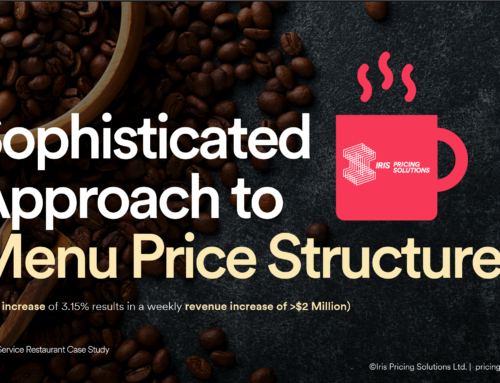by Paul Hunt – President
Kent had been excited about launching his company’s newest engine into the aviation industry. It offered major benefits, such as better mileage, greater durability and reduced maintenance costs. Unfortunately, sales were anemic, and Kent was forced to discount heavily to hit his target numbers.
In theory, he figured he could charge at least twice as much, since the engine lasted twice as long as the next-best alternative. But instead, Kent priced the engine at only 50% higher, and split the additional value with the customer. So why was he constantly discounting and getting pushback from the sales force?
This is a common problem, particularly in B2B sales. The marketing department typically accuses the sales force of not knowing how to sell value. But more often, the problem arises because marketing has not equipped the sales team with the tools they need to sell the value.
When customers make economic tradeoffs, they trade off three things: the size of the benefit, and the certainty and speed of capturing that benefit. Of the three, certainty is most important to customers. In other words, customers want a cheque they can cash. It is the marketing department’s responsibility to ensure that the sales force has the tools to sell certainty.
I had one client who was the vice-president of marketing at a large bank. He was constantly launching new services that were being discounted at least 90% of the time, and blamed the sales team for not being able to sell value. He got so fed up that he decided to take a different approach when he launched a new Internet banking product that boasted many benefits. Rather than just explaining the benefits to the sales team and letting them persuade the customer, he provided the reps with a financial calculator that customers could fill in to help determine the impact of the new product on their bottom line.
The results were astonishing. Discounting dropped to less than 10% of all deals. This VP realized the sales force cannot sell value if they are not equipped to do so. The financial calculator enabled them to sell certainty.
That’s not to say that a financial calculator is a panacea for your pricing woes. In many cases, financial calculators do not achieve the desired results because customers do not trust them. Many calculators are biased, and if customers perceive them that way, they actually punish you by negotiating even more aggressively than they normally would.
Gathering the information required to build an effective financial calculator is not easy. It takes a coordinated effort between the marketing and sales teams, and most companies do not make the necessary investment in time and money.
I have one client who launched a health-care product and figured that, because the company did not effectively estimate the product’s financial value, it left over $500-million on the table! If you are a B2B company selling productivity gains, cost reduction, or some other benefit that affects customers’ bottom lines, it is essential you do the legwork needed to measure the financial value of your product or service.
One company that sells hospital beds does this very effectively. It manufactures premium hospital beds that reduce the back strain put on hospital orderlies. To justify the beds’ substantial premium, the company had a simple value proposition: It guaranteed the savings from reduced workers’ compensation claims would more than offset the premium price within 18 months, or your money refunded! It was easy for the customer to measure, and it was a clear link to value. The company has never had to make a refund!
So let’s get back to Kent and his engine launch. Upon doing further customer research, he discovered most airlines were worried about slipping into a recession, and if that happened, they would be paying a 50% premium for engines they were not using.
The sales force was asking for discounts because it had not created confidence in the customers’ minds that they would benefit from the increased durability and fuel savings. Then Kent had a clever idea: Rather than selling the engines, what if he sold “power by the hour?” In other words, he would charge customers for the engine only when they used it. This pricing structure enabled him to capture substantial price premiums, since he was removing risk for customers and selling certainty. The sales force no longer asked for discounts, and Kent no longer had to explain to senior management why he was not hitting his numbers. Instead, he was exceeding them.
Paul Hunt is president of Pricing Solutions. His pricing column appears monthly in the Financial Post, and he is a regular blogger at the FP Executive blog. He can be reached at phunt@www.pricingsolutions.com
Read more at the Financial Post.





